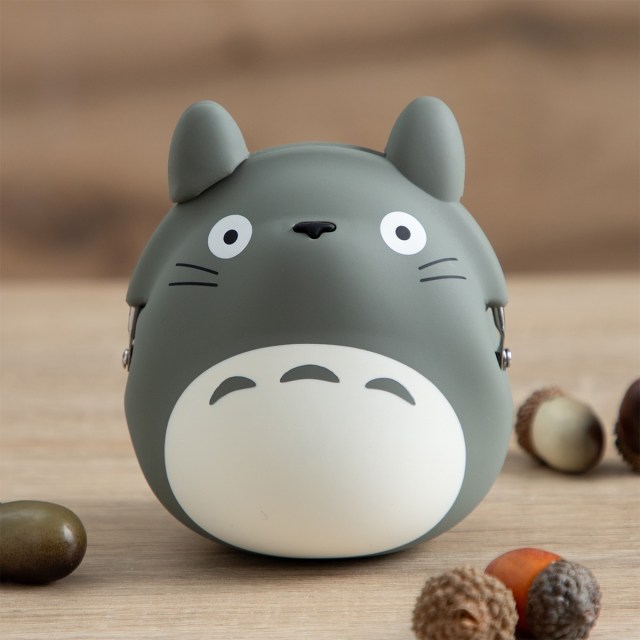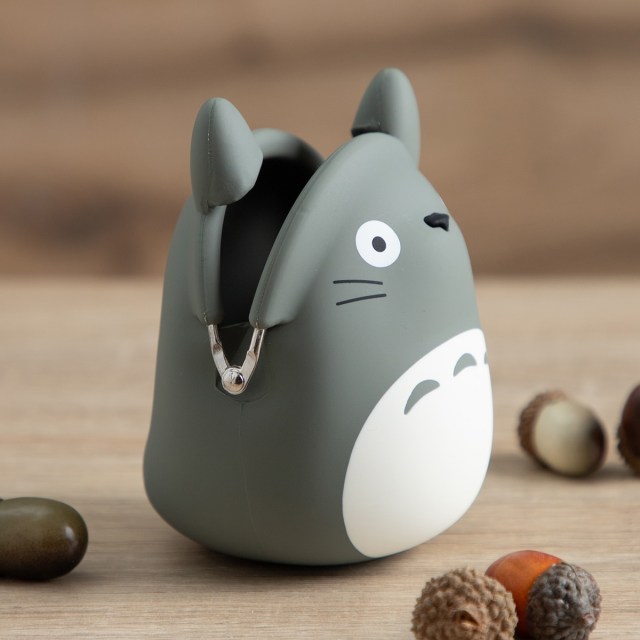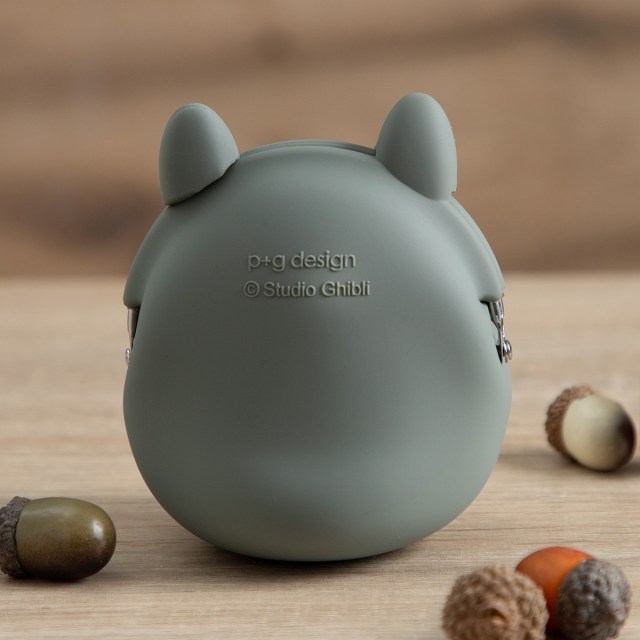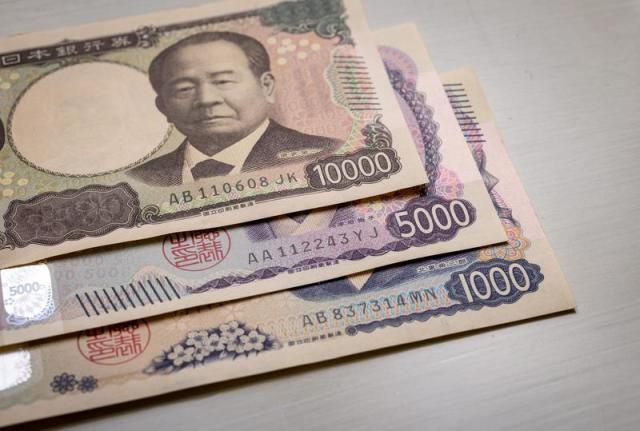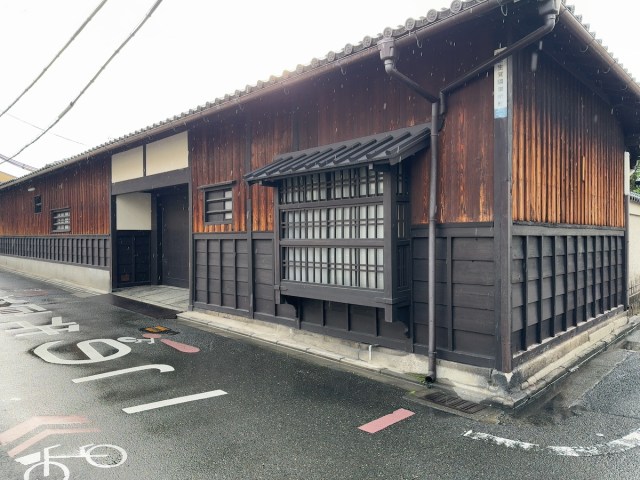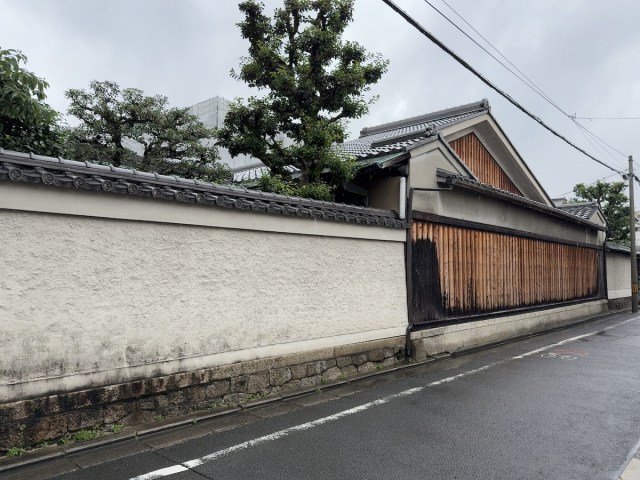Shimane has a secret hot spring town that feels like stepping into an old Japanese film

A World Heritage hot spring town with retro bathhouses and seafood feasts.
We love uncovering hidden travel sites around Japan that take us away from the crowds and lead us to discovering a myriad of culturally rich places. Shimane Prefecture has proven to be a veritable silver mine of them, as our Japanese-language reporter Marie Morimoto discovered on her previous visit there earlier in the year.
Marie recently found herself back in the region, and decided that she’d explore a hidden hot spring town that is included in part of the World Heritage Site collectively called Iwami Ginzan Silver Mine and Its Cultural Landscape. While eager to find out more about a place so culturally significant, she was also intrigued by the town’s name: Yunotsu Onsen.
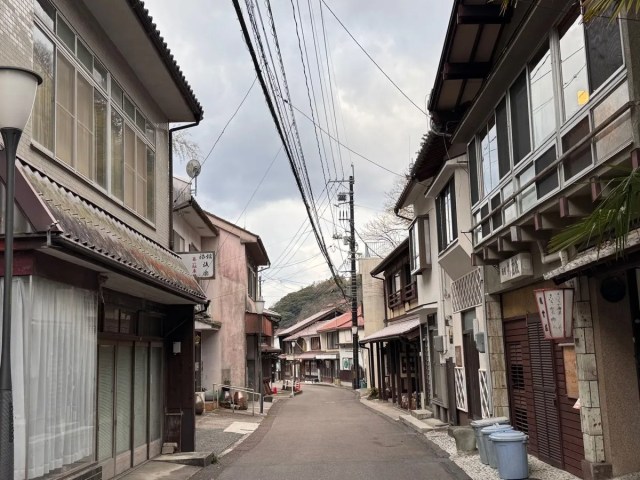
Looking at the Japanese kanji characters for Yunotsu Onsen, 温泉津温泉, they kind of resemble a hot spring sandwich, where you have the character tsu/津 (meaning “harbor”) surrounded on both sides by the characters for onsen/温泉 (“hot spring”). So, for the unaware, you could very well read the town name as Onsen-tsu Onsen, instead of Yunotsu Onsen.
The town itself is located in the city of Oda and is easily accessible from Yunotsu Station on the JR San-In Main Line, with most of the town being within a 30-minute walk. The moment Marie got off the train in the evening she was overwhelmed by the nostalgic atmosphere and scenery. Looking around at the facade of the bathhouses, and the light spilling out from the buildings, it all felt strangely familiar to her, despite it being her first visit there, like a town taken straight out of a movie.

What was once an important port town when the silver mine was thriving, is now supported by tourists who love it as a hot spring destination, with another of its major draws being the fresh seafood caught in the sea right in front of the town.
For dinner, Marie visited Minato no Shokudo Kan, which serves set meals and izakaya-style dishes centered on the local seafood.

Whether it was fried or plain raw sashimi, the fish were delicious, and so were the oden and locally grown vegetables. She particularly loved the super rich Yunotsu Pudding she had for dessert.

Marie’s accommodation for the night was Hisom Hiso, a whole-house rental renovated from a traditional home and located about 20 minutes on foot north of the part of town in which she’d had dinner.

The house retains the charm of an old home nestled in the mountains, yet it comes with many modern comforts. The warmly lit interior in the dark, quiet surroundings made her feel wonderfully cozy.

While the house includes a large, fully equipped kitchen, it is also possible to have breakfast, lunch, and dinner catered for and delivered with an advance reservation.

Although Marie didn’t have time to visit, there is also supposedly a beach just a three-minute walk away that is perfect for seeing the sunset across the Sea of Japan.

Another charm of Yunotsu Onsen is that you can enjoy the hot springs both at night and early in the morning. Yakushiyu, with its gorgeous stained-glass exterior, is beautiful at night and open year-round until 9:00 p.m. It’s even possible to enjoy views of the town from the rooftop.

In the morning, Marie visited Senyakuto Yunotsu Motoyu Onsen, which opens at 6:00 a.m., and is perfect for people who want to soak as much as possible, morning and night. Both Senyakuto and Yakushiyu have a natural spring and are located relatively close to the source, so the temperature of the water is quite hot.

Senyakuto has three different temperatures: hot water at 46–48 degrees Celsius (114–118 degrees Fahrenheit), warm water at 43–44 degrees Celsius, and baths recommended for first-time visitors at 38–40 degrees Celsius. With most people having baths in their home at less than 42 degrees Celsius (107 degrees Fahrenheit), it seems evident that the locals of Yunotsu take pleasure in boiling themselves.

If you’re worried that you might accidentally put a toe into the wrong bath, the staff will explain which bath is at what temperature before you start to get undressed. Upon leaving, you can even take home a little pouch of hot spring water as a souvenir, though it’s probably best that you don’t collect it yourself and risk some odd looks from other guests.
Despite Marie’s one-night stay, the charm of the nostalgic scenery, delicious food, cozy lodging, and relaxing hot springs, struck a deep chord with her, and she would have loved to have stayed longer, visit more cafes, and see the ocean. It really makes you wonder about what other secret treasure troves of places Japan has in store for intrepid explorers.
Location information
Minato no Shokudo Kan / 港の食堂 KAN
Address: Shimane-ken, Oda-shi, Yunotsu-cho, Kohama-i 1109-17
島根県大田市温泉津町小浜イ1109-17
Open 7:30 a.m.–9:00 a.m., 11:30 a.m.–2:00 p.m., 5:30 p.m.–9:00 p.m.
Closed Mondays (subject to change)
Website
Hisom / ヒソム日祖
Address: Shimane-ken, Oda-shi, Yunotsu-cho, Yunotsu-i 588-1
島根県大田市温泉津町温泉津イ588-1
Website
Yakushiyu / 薬師湯
Address: Shimane-ken, Oda-shi, Yunotsu-cho, Yunotsu 7
島根県大田市温泉津町温泉津7
Open: 9:00 a.m.–9:00 p.m. Monday to Friday, 8:00 a.m.–9:00 p.m. Saturday, Sunday, and Holidays (last entry for both is 8:30 p.m.)
Admission: Adults 600 yen (US$4), children 300 yen
Website
Senyakuto Motoyu Onsen / 泉薬湯 元湯温泉
Address: Shimane-ken, Oda-shi, Yunotsu-cho, Yunotsu-ro 208-1
島根県大田市温泉津町温泉津ロ208-1
Open: 6:00 a.m.–8:00 p.m. March to November, 6:00 a.m.–7:00 p.m. December to February
Fee: Adults (junior high school and above) 500 yen, children (one-year-old to elementary school) 250 yen
Website
Photos ©SoraNews24
● Want to hear about SoraNews24’s latest articles as soon as they’re published? Follow us on Facebook and Twitter!
Credit:



